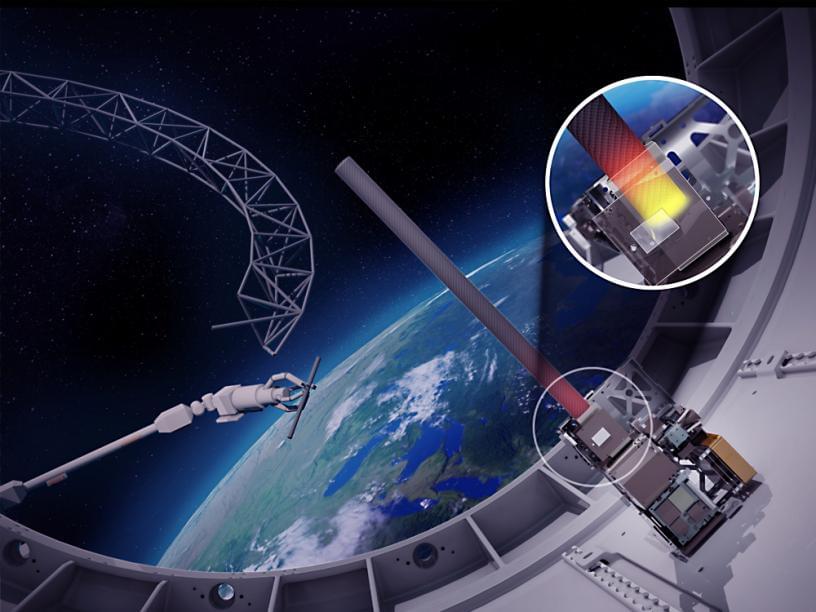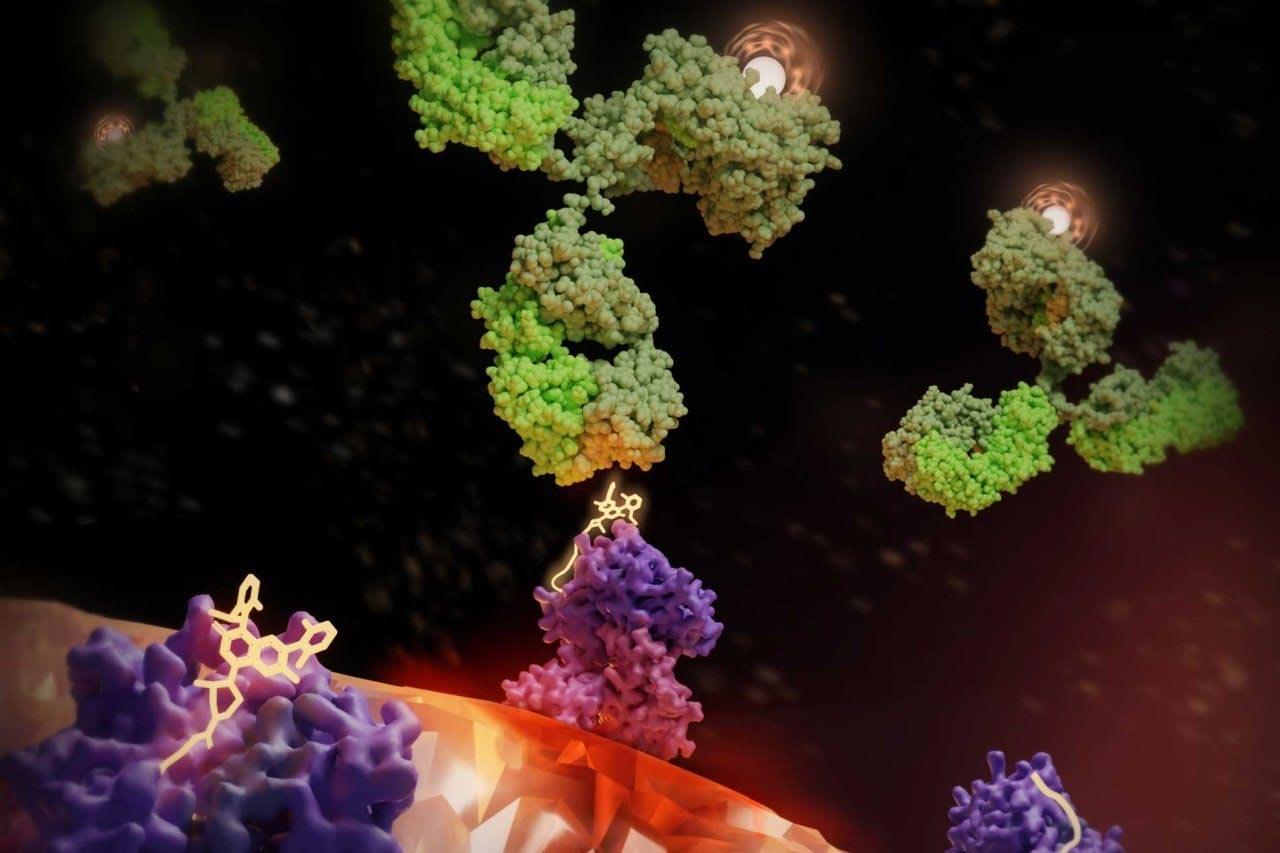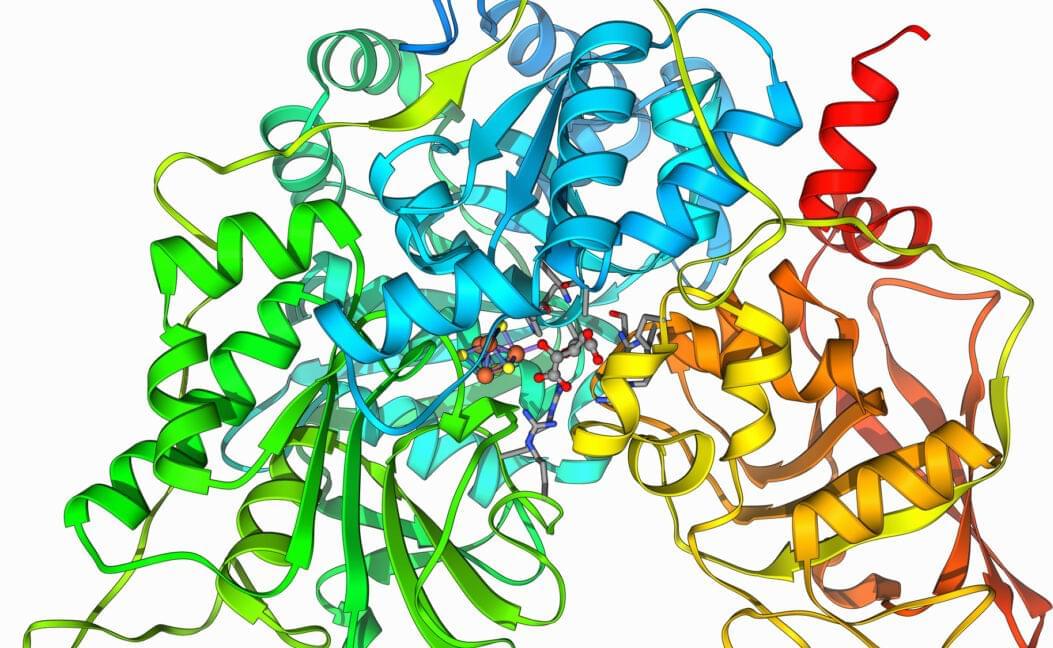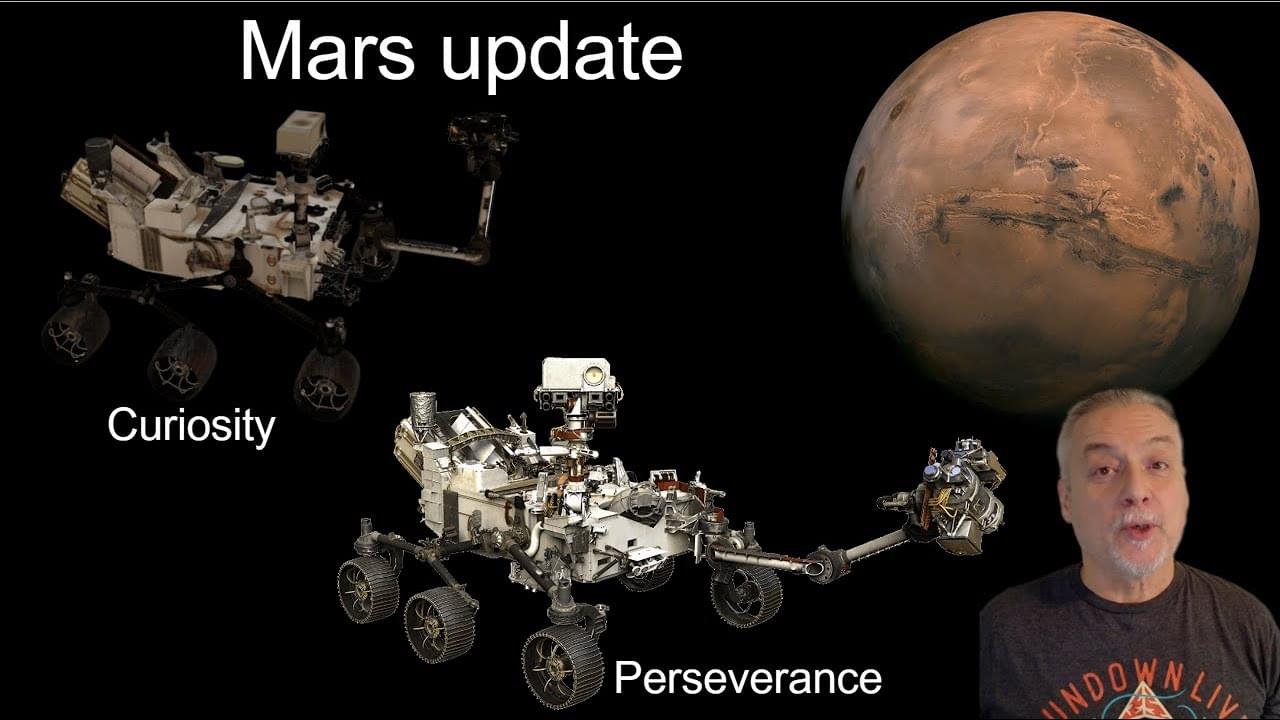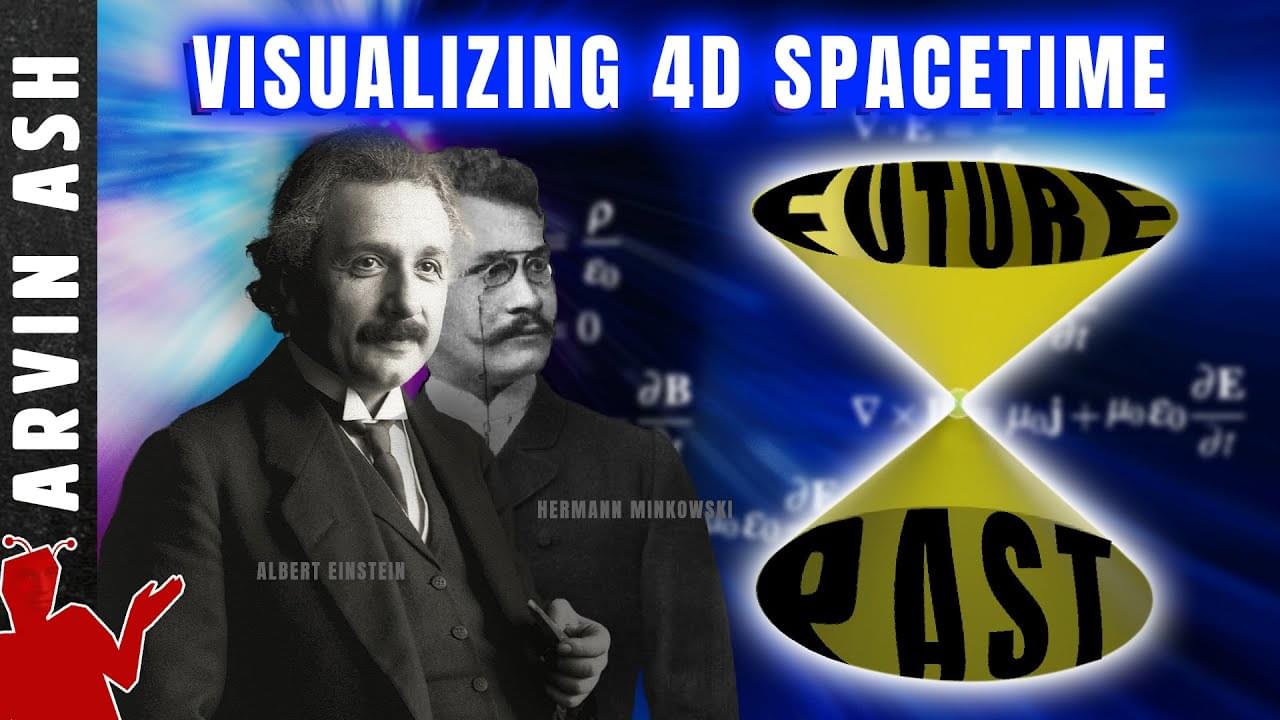Based on outstanding technical progress by research teams to date, DARPA has pivoted the third and final phase of its NOM4D (pronounced nō- mad) program[1] from planned further laboratory testing to conducting a pair of small-scale orbital demonstrations to evaluate novel materials and assembly processes in space.
As commercial space companies continue to expand access to orbit for U.S. economic and national security needs, a major roadblock for building large-scale structures in orbit remains: the size and weight limits imposed by a rocket’s cargo fairing. In 2022, DARPA introduced NOM4D to break this cargo-constraint mold by exploring a new paradigm. Instead of folding or compacting structures to fit them into a rocket fairing to be unfurled or deployed in space, DARPA proposed stowing novel lightweight raw materials in the rocket fairing that don’t need to be hardened for launch. The intent of this approach is to allow in-orbit construction of vastly larger and more mass-efficient structures than could ever fit in a rocket fairing. Additionally, this concept enables mass-efficient designs of structures that would sag under their own weight on Earth but are optimized for the low-gravity environment of space.
“Caltech [California Institute of Technology] and the University of Illinois Urbana-Champaign have demonstrated tremendous advances in the first two phases and have now partnered in Phase 3 with space-launch companies to conduct in-space testing of their novel assembly processes and materials,” said Andrew Detor, DARPA NOM4D program manager. “Originally, Phase 3 was going to be about making things more precisely in the lab than we did in Phase 2. But we said, ‘You know, the maturity is there, and there would be more impact if we took the capabilities we have now and actually go demonstrate them in space to show that it can be done.’ Pushing the performers to do a demo in space means they can’t just sweep challenges under the rug like they could in a lab. You better figure out how it’s going to survive in the space environment.”
